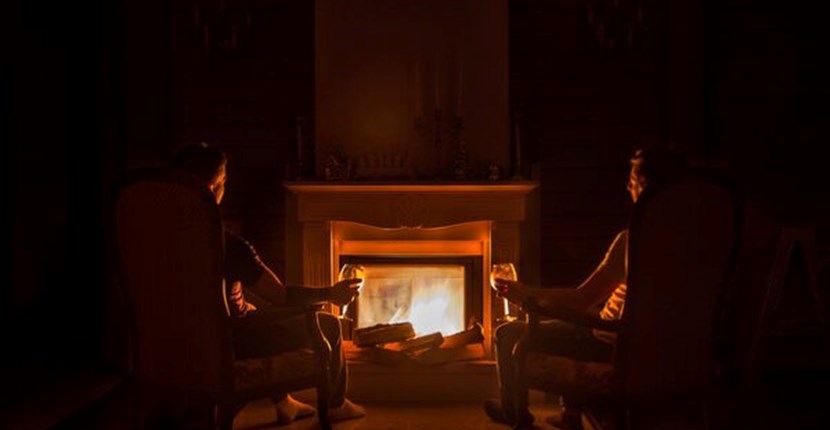Posted on 11 05 2022
Track down draughts to maintain a healthy home

It’s the healthy homes standard that possibly gets mentioned least, but draught stopping is crucial to keeping rental properties warm and dry.
According to the Ministry of Social Development, up to 20% of heat in a home can be lost through cracks in window frames, gaps under the door and through the chimney.
Landlords have a legal obligation to ensure their property doesn’t have unreasonable gaps or holes in the walls, ceilings, windows, doors, floors, and skylights that cause noticeable draughts. Unused open fireplaces must be blocked off unless a tenant asks to keep it open, and the landlord agrees.
If you own a tenanted property, you’ll almost certainly have carried out an assessment and completed any work needed to meet the standards before the July 2021 deadline. Anything you’ve installed as part of this work must be maintained in good working order or replaced in a reasonable timeframe.
A good maintenance programme should ensure the property continues to meet the standards, but your tenants may still complain of draughts from time to time, especially if the house was built before the 1980s.
If a seal has failed or a gap has opened up, it may be causing an obvious draught, or your tenants may simply report that the curtains are moving, or windows or doors are rattling. If the source of a draught is unclear, you can feel for cold air along possible gaps with the back of a wet hand. Or light a candle and carefully run it around door and window frames or other possible gaps to see where the flame flickers.
Common places for gaps and draughts include:
- where the wall meets the ceiling, around scotia or cornices
- where the wall meets the floor, around skirting boards
- between the bottom of the door and the floor
- holes in floorboards
- rangehoods and extractor fans
- around electrical outlets and plumbing pipes
- unused ventilation devices
- around ceiling manholes or attic hatches
- broken or loose window hinges, catches or latches
- broken or poorly fitted pet doors
If you identify a draught, you must provide a long-term solution. For example, you can’t expect your tenants to use a draught stopper to stop the breeze under an external door; you should fit a permanent draught excluder to the door.
Preventing draughts through window frames may be as simple as tightening the latches to ensure the windows close firmly or sealing gaps around the window.
If your home has timber window frames, you could also consider a simple alternative to double-glazing, which involves fitting plastic film to the inside of the windows. A window insulator kit is quick and easy to fit and can be purchased from hardware stores, or Negawatt Resources.
The Residential Tenancies Act allows landlords to carry out work themselves, except for restricted building, gasfitting, plumbing or drainage work, or prescribed electrical work. If you have any doubts about your ability to do the job properly or are unsure whether exceptions apply, we recommend you employ a reputable professional.
We can help you identify gaps and draughts around your home as part of our Home Energy Assessment and have a range of affordable products to block gaps and sources of draughts. Get in touch with the Greenside team to see how we can help you stay on the right side of the healthy homes standards.